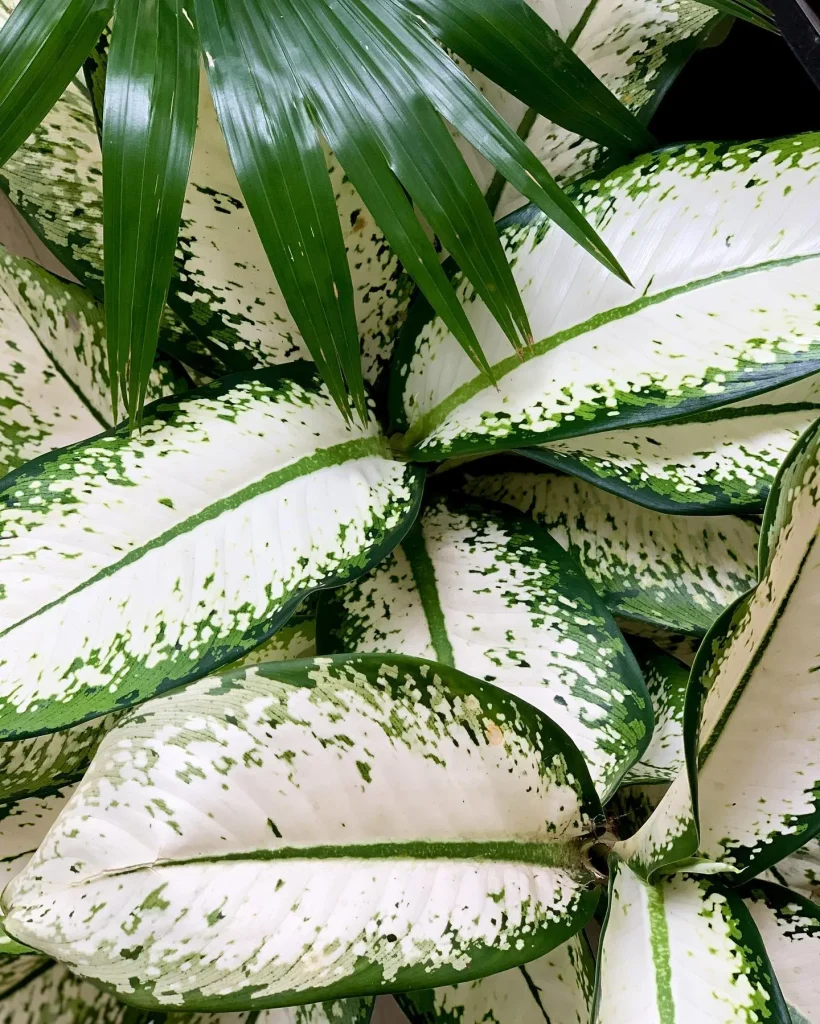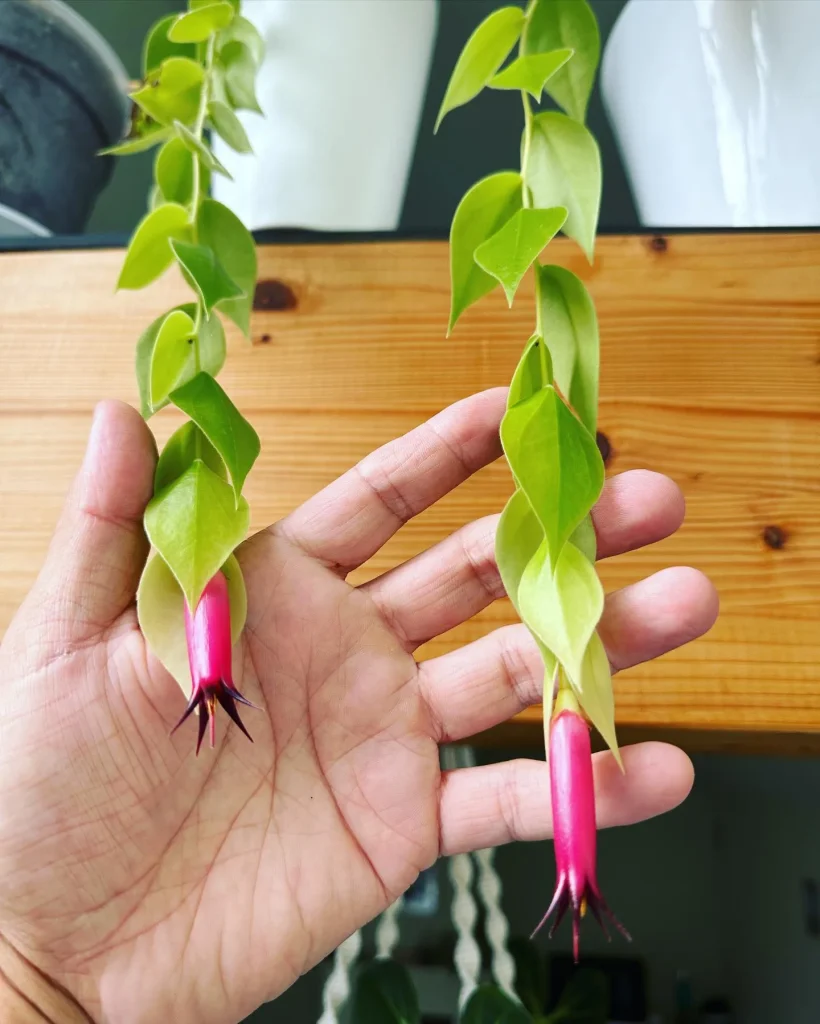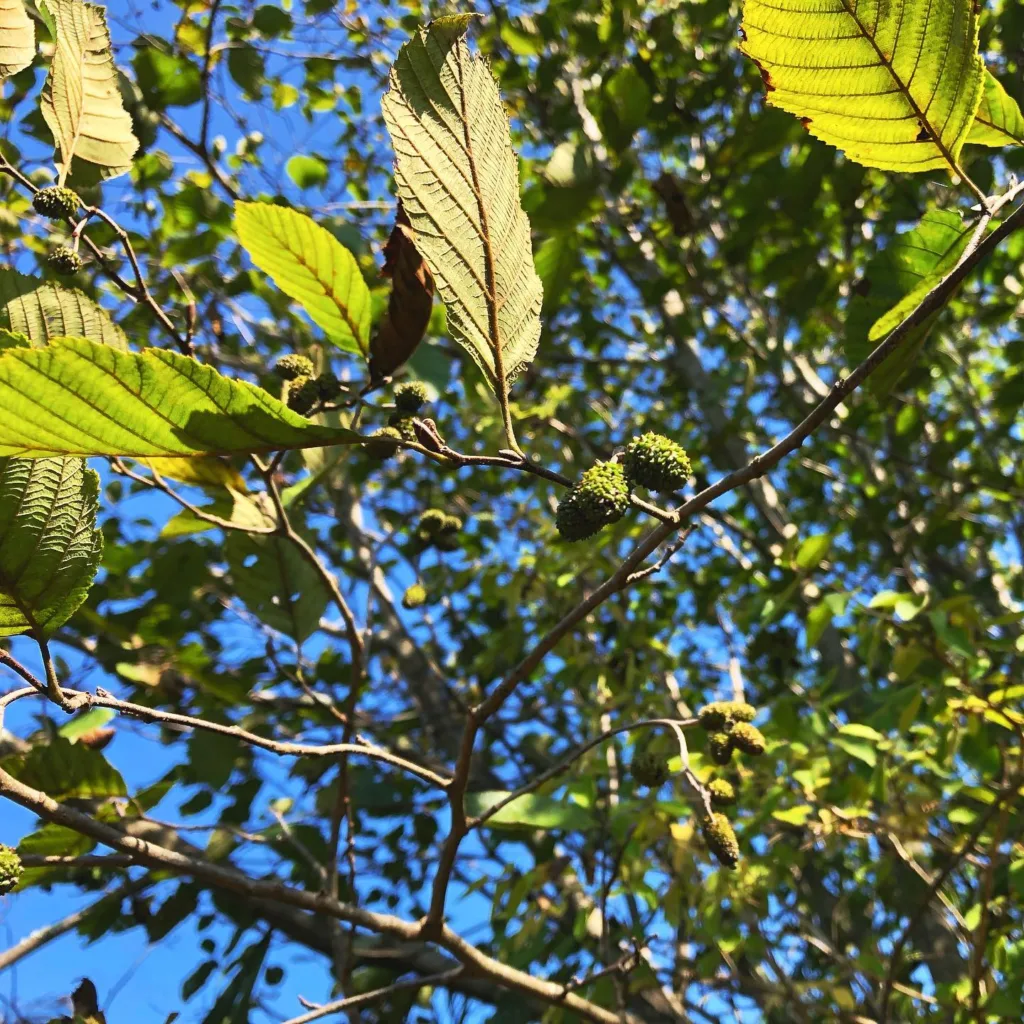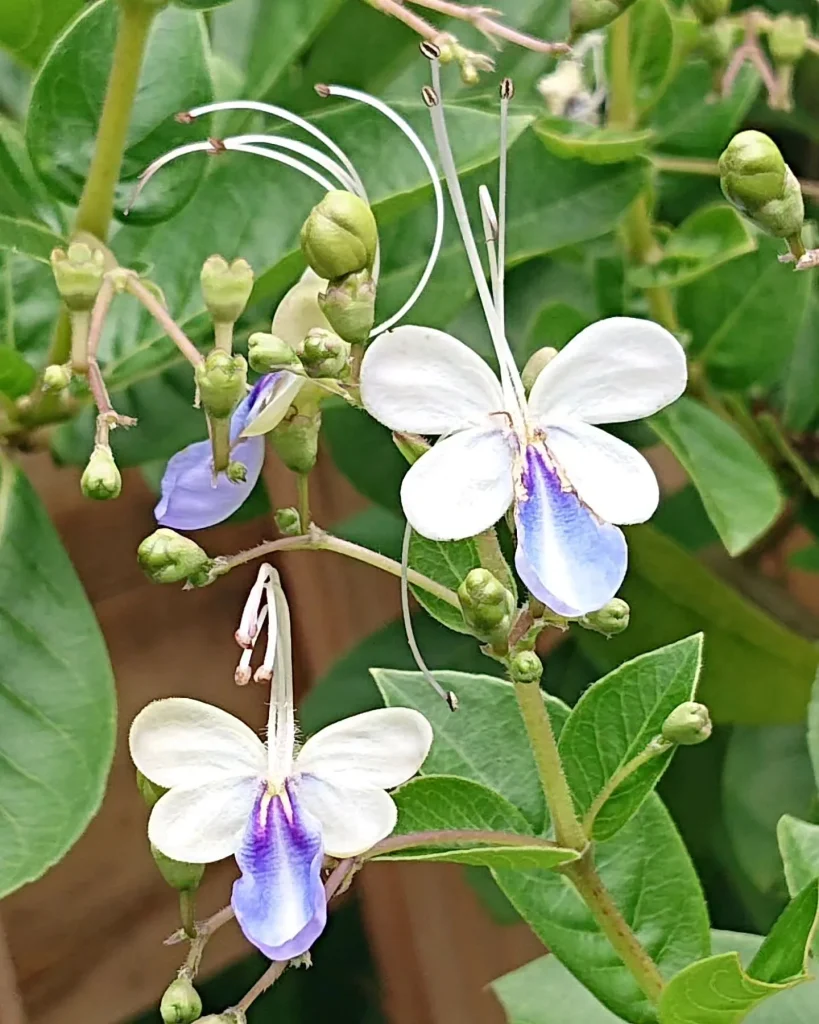FAQs About Eremophila Hygrophana
If you’re looking to add a unique and hardy plant to your garden or indoor space, you might want to consider Eremophila Hygrophana. Also known as the “Hygrophana” or “Waterwise Eremophila,” this Australian native plant is known for its striking foliage and resilience. I’ve gathered some common questions and answers about this intriguing plant based on my experiences and research.
246 Species in Genus Eremophila
What Is Eremophila Hygrophana?
Eremophila Hygrophana is a small shrub native to Australia. It belongs to the Scrophulariaceae family and is commonly known as the Waterwise Eremophila. The plant is characterized by its attractive, narrow leaves and vibrant, tubular flowers that range in color from pink to red. It’s well-adapted to a variety of climates, making it a versatile choice for different gardening environments.
How to Care for Eremophila Hygrophana?
Caring for Eremophila Hygrophana is relatively straightforward, but it does have some specific needs:
- Sunlight: This plant thrives in full sun. It prefers at least six hours of direct sunlight each day, which helps it maintain its vibrant color and shape.
- Soil: Eremophila Hygrophana prefers well-drained soil. Sandy or loamy soils are ideal, but it can tolerate poorer soils as long as drainage is good. Avoid heavy clay soils that retain too much moisture.
- Watering: This plant is drought-tolerant once established, but it benefits from regular watering during the growing season. Be sure not to overwater; the soil should be allowed to dry out between watering sessions.
- Temperature: It’s fairly frost-resistant but can be sensitive to extreme cold. In areas with harsh winters, consider providing some protection or bringing the plant indoors during the coldest months.
- Pruning: Regular pruning helps maintain its shape and encourages new growth. Prune after flowering to remove spent blooms and any dead or straggly growth.
How to Propagate Eremophila Hygrophana?
Propagating Eremophila Hygrophana can be done through several methods:
- Cuttings: Take semi-hardwood cuttings in late summer or early autumn. Dip the cuttings in rooting hormone and plant them in a well-draining potting mix. Keep the cuttings in a warm, shaded area and maintain moisture until they root.
- Seeds: Although less common, you can also grow Eremophila Hygrophana from seeds. Sow seeds in a seed-raising mix and keep them warm and moist until they germinate. Once seedlings are large enough, transplant them to individual pots.
What to Plant with Eremophila Hygrophana?
Eremophila Hygrophana pairs well with a variety of other plants, both for aesthetic appeal and for complementary growth conditions. Here are a few suggestions:
- Succulents: Due to its drought tolerance, it works well alongside other drought-resistant plants like succulents and cacti.
- Australian Natives: Other Australian natives such as Grevillea, Banksia, and Callistemon can create a cohesive and low-maintenance garden bed.
- Ornamental Grasses: Complementing it with ornamental grasses like Lomandra or Poa can add texture and contrast to your garden.
How to Use Eremophila Hygrophana in Landscaping?
Eremophila Hygrophana can be a versatile addition to your landscaping:
- Ground Cover: Its spreading habit makes it an excellent choice for ground cover in sunny areas. It can help control erosion and provide a dense, attractive mat of foliage.
- Hedges and Borders: It can also be used to create informal hedges or borders. Its dense foliage provides privacy and can help define garden spaces.
- Container Planting: For those with limited garden space, Eremophila Hygrophana works well in containers. Ensure the pot has good drainage and provide regular watering.
Is Eremophila Hygrophana Toxic?
Eremophila Hygrophana is generally considered non-toxic to pets and humans. However, as with any plant, it’s always a good idea to monitor pets and children to ensure they do not ingest parts of the plant.
Conclusion
Eremophila Hygrophana is a fantastic addition to gardens, particularly for those looking for a hardy, low-maintenance plant. Its unique appearance and resilience make it a standout choice for both experienced gardeners and beginners. By following the care tips and considering its ideal companions, you can enjoy a vibrant and thriving Eremophila Hygrophana in your landscape.
If i die, water my plants!



